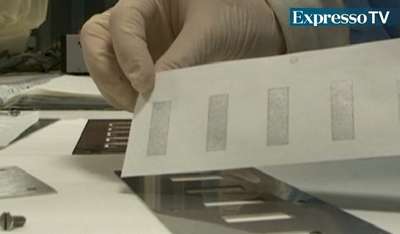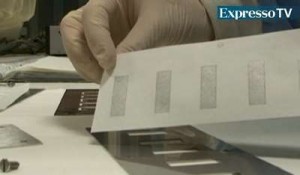Sterling D. Allan
The Center for Materials Research, New University of Lisbon (CENIMAT) in Portugal, famous for creating transistors, displays and memories on paper, announced in January, 2011 the development of paper batteries that store or even harvest energy from water.
The charging process is automatically initiated at the sites with more than 40% moisture in the atmosphere (which happens most of the year in Mediterranean countries).
According to CENIMAT investigators, this innovation can be used for the production of tablets, computers, mobile phones, consoles, or the area of medical devices (pacemakers or electronic skin).

A group of researchers from the Faculty of Science and Technology at the New University of Lisbon in Portugal invented the first paper battery in the world that can supply mobile phones and other electronic devices. The group is led by Elvira Fortunato and Rodrigo Martins, and the batteries are charged by water vapor in the air, since the relative humidity is above 40%. The scientists also invented the first biobateries, which are carried by bodily fluids such as sweat and blood plasma, and are designed for devices such as pacemakers.
In the paper batteries, it all starts with ordinary writing paper, but biobateries need a synthetic paper that does not degrade inside the human body. This paper is made from a cellulose derivative, a target that is designed using electric fields, and which forms a nanofiber membrane. Then, the following steps are common: the deposition of electrodes and demonstration (morphological and electrical).
They say it’s another step towards their aim of developing new ways to power gadgets and small electronic devices.

 Follow
Follow